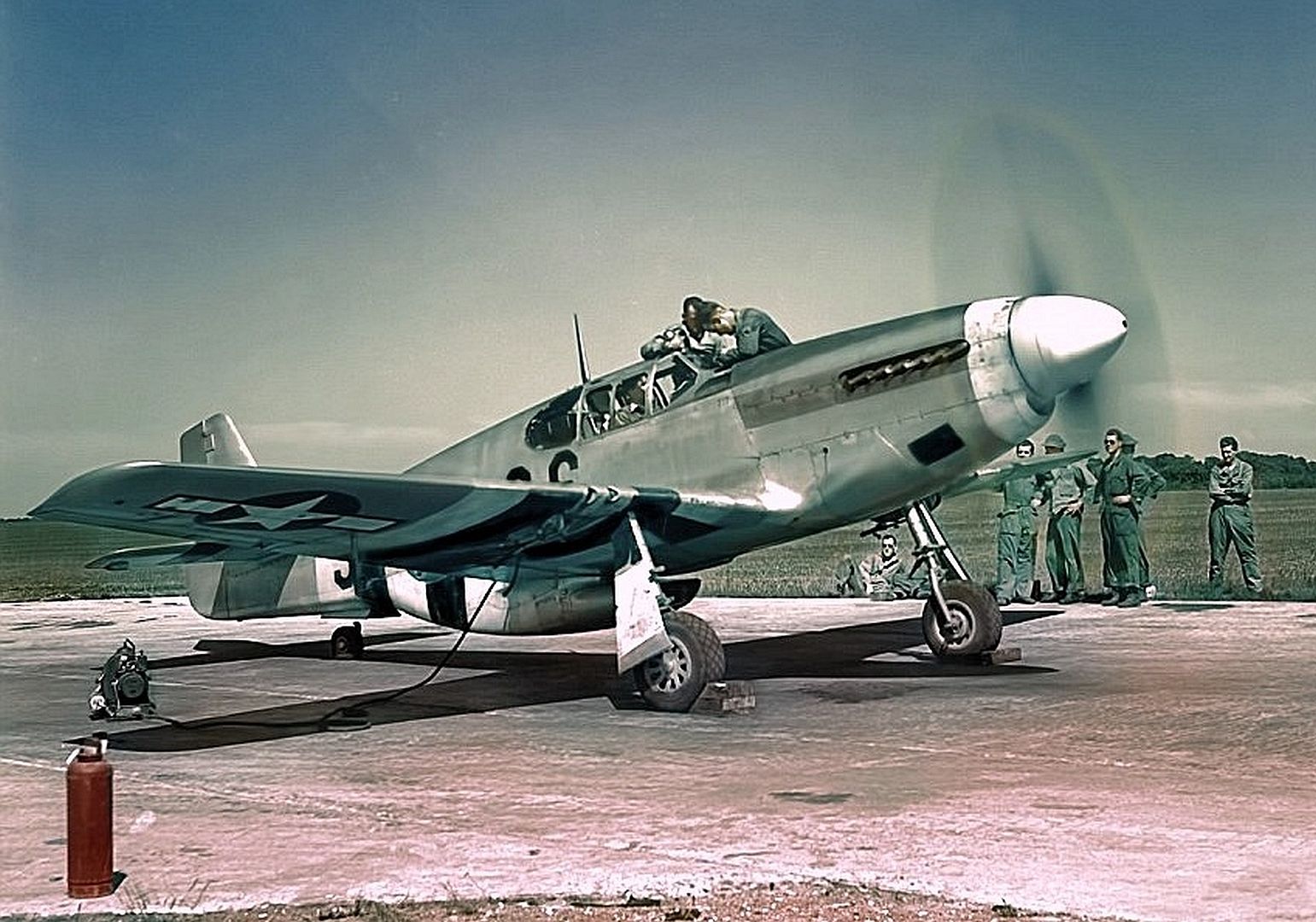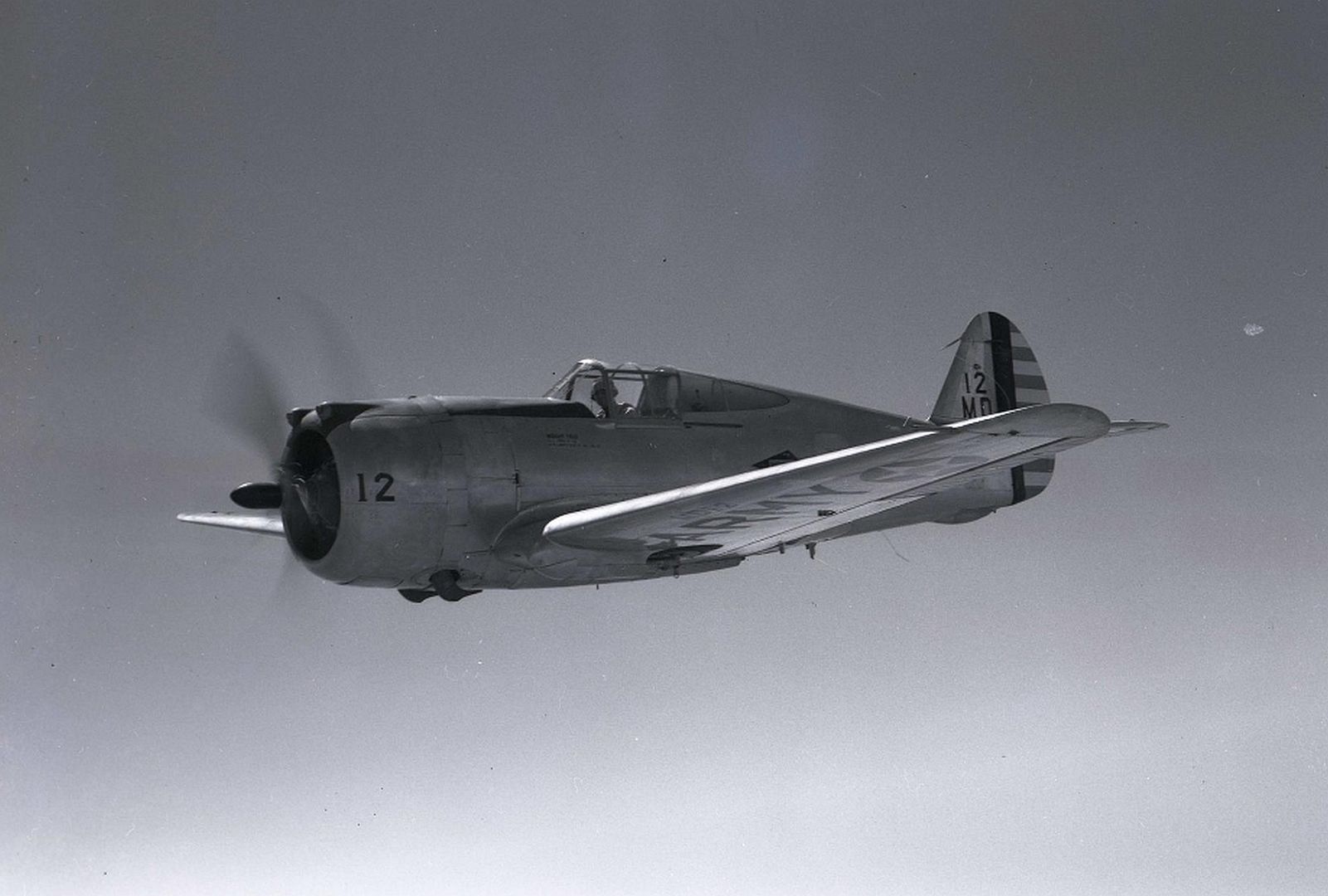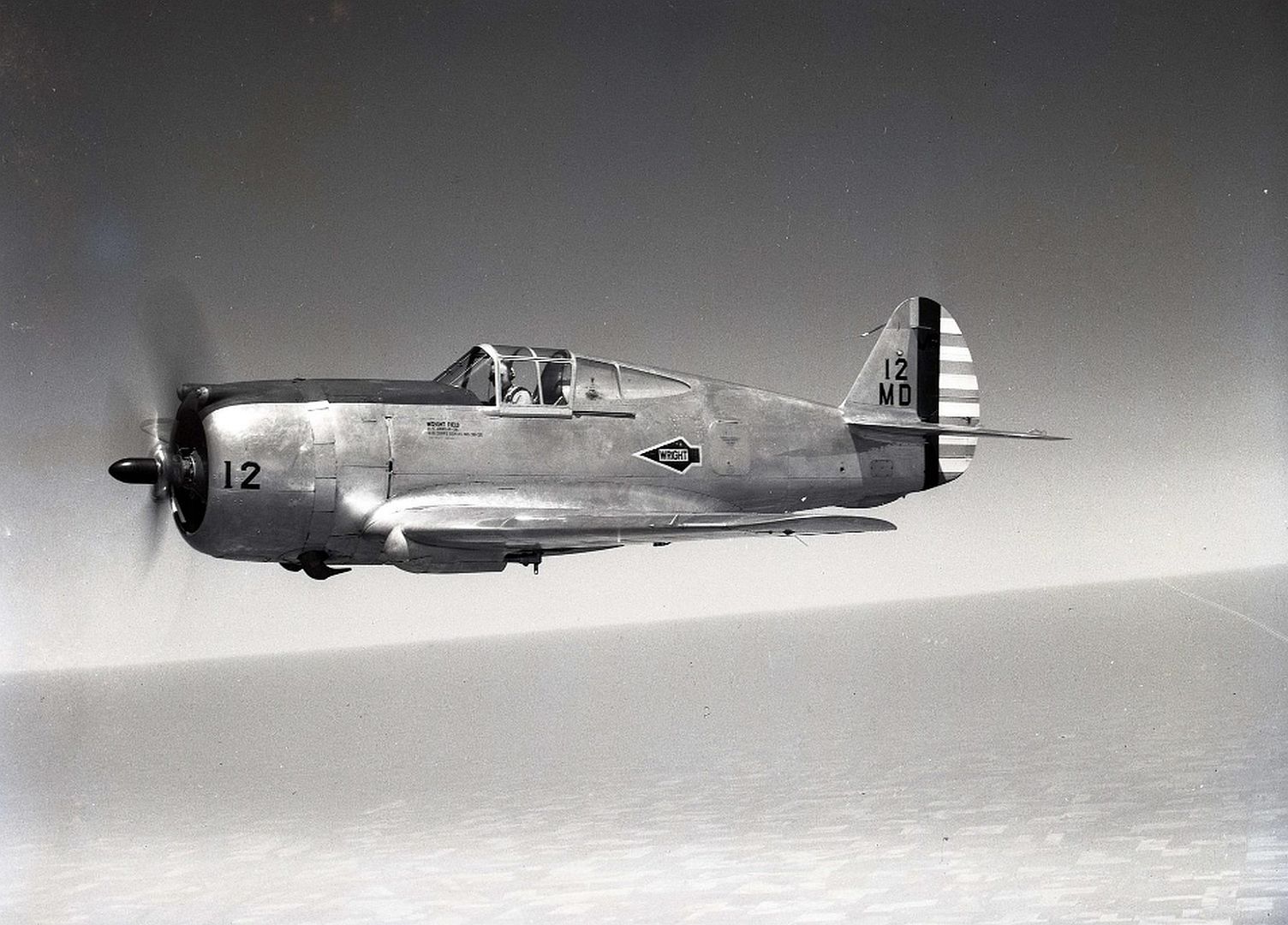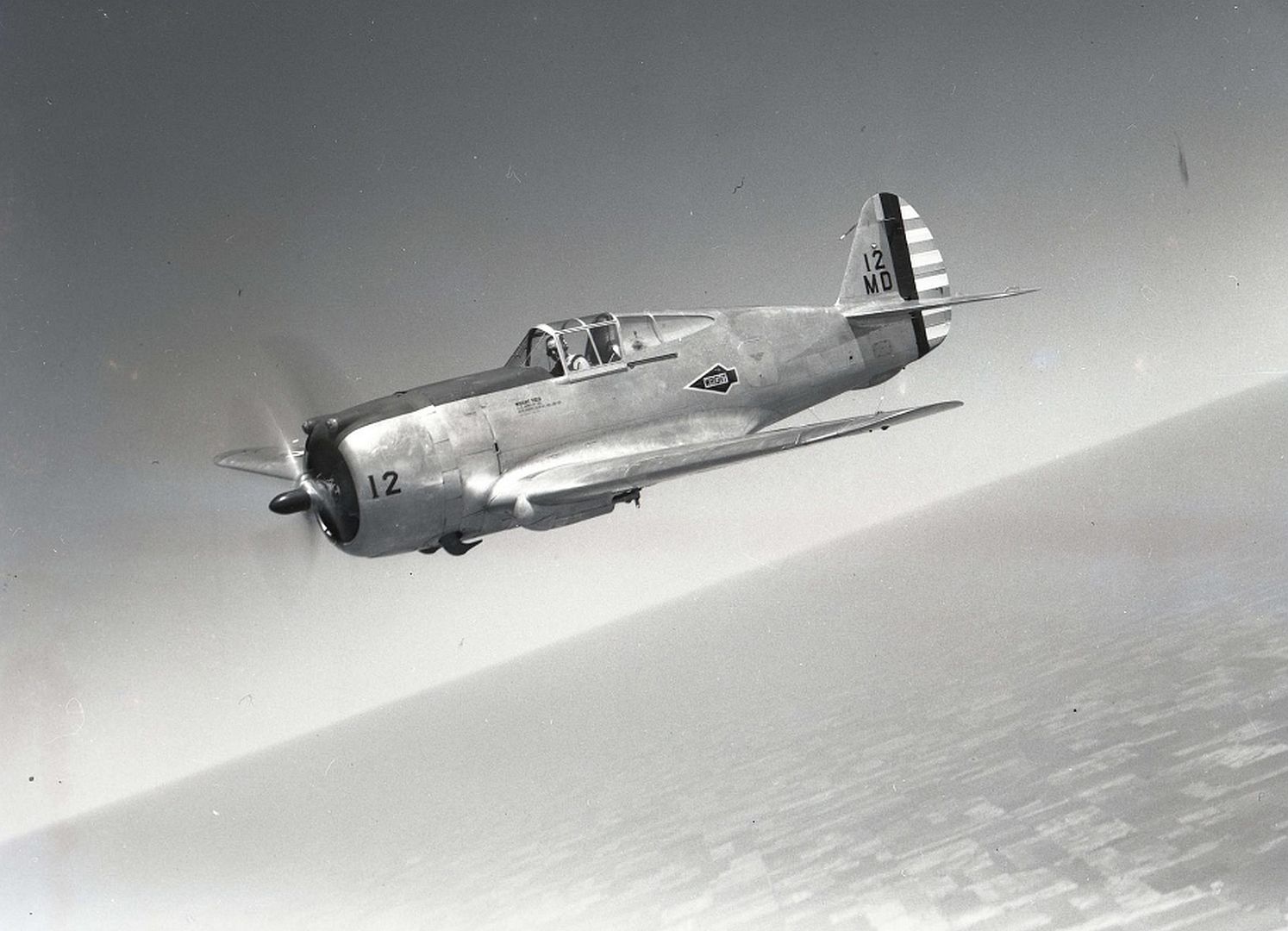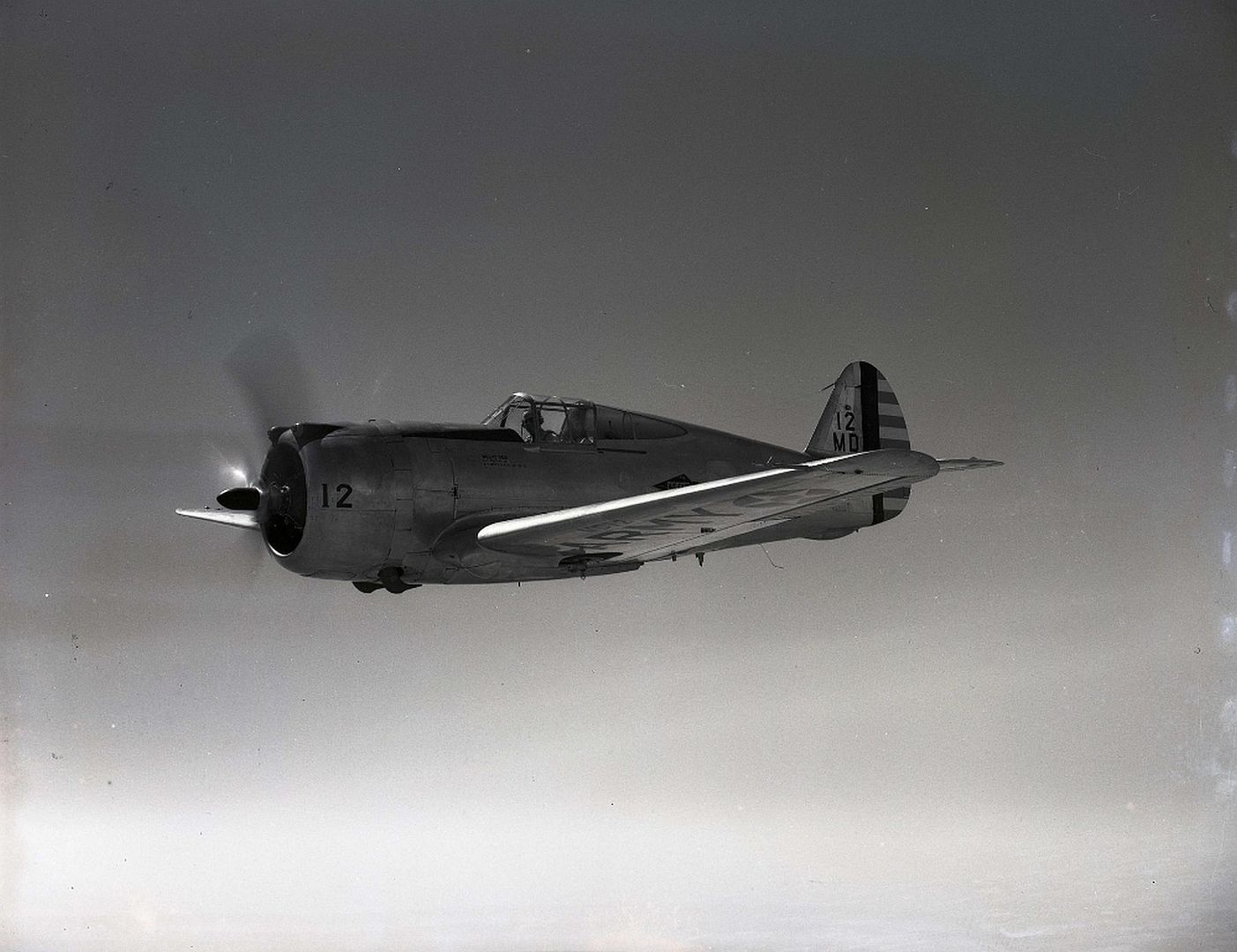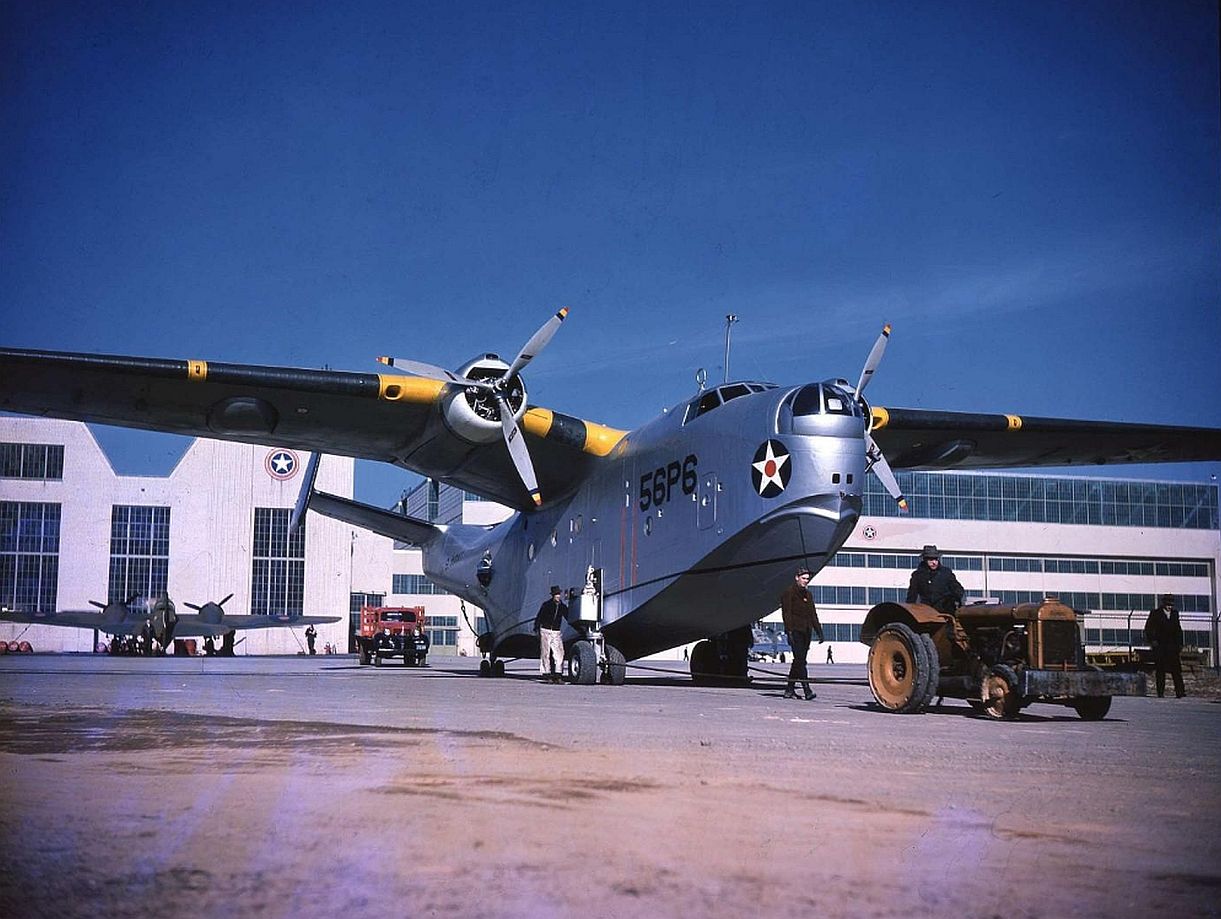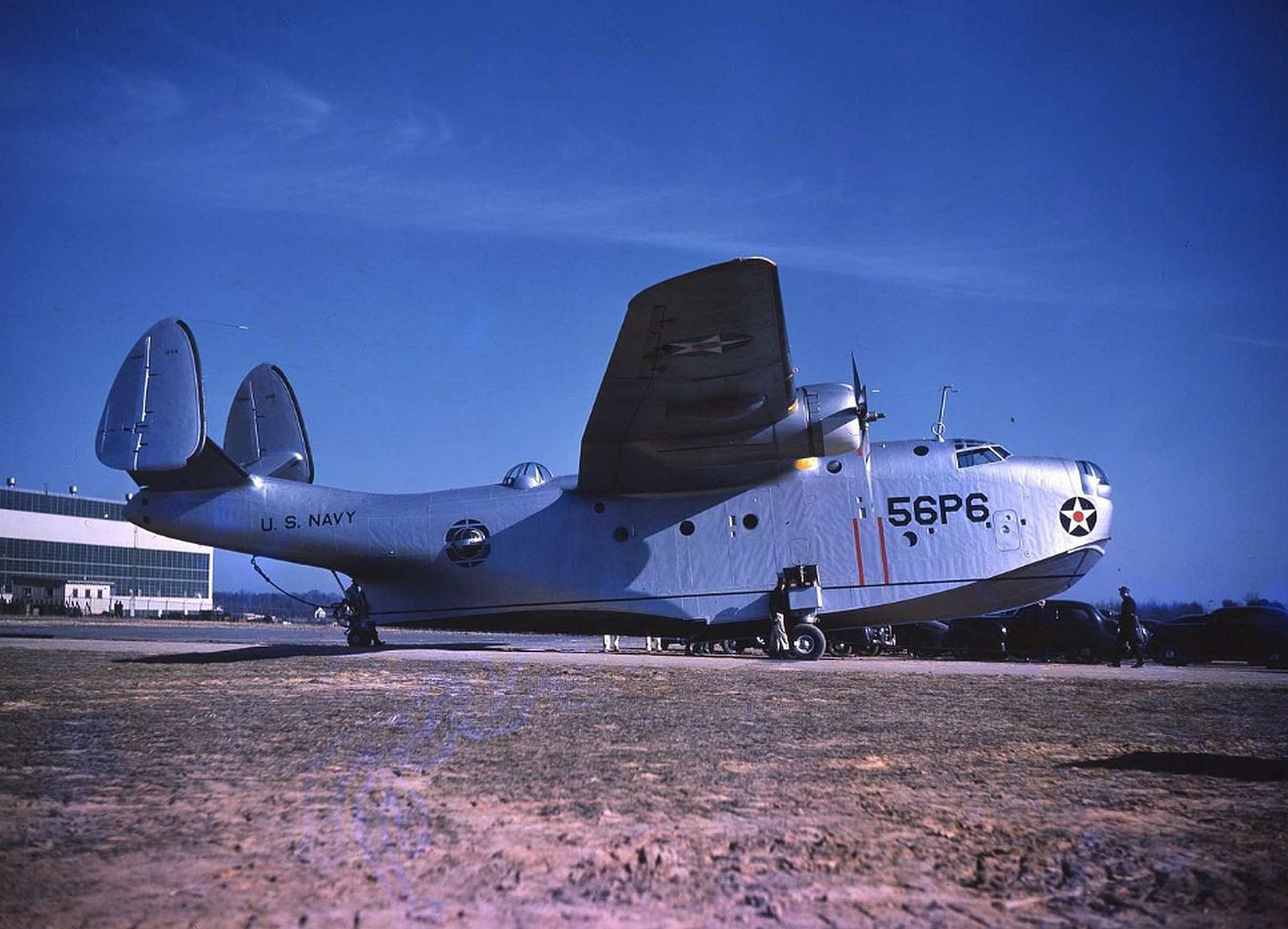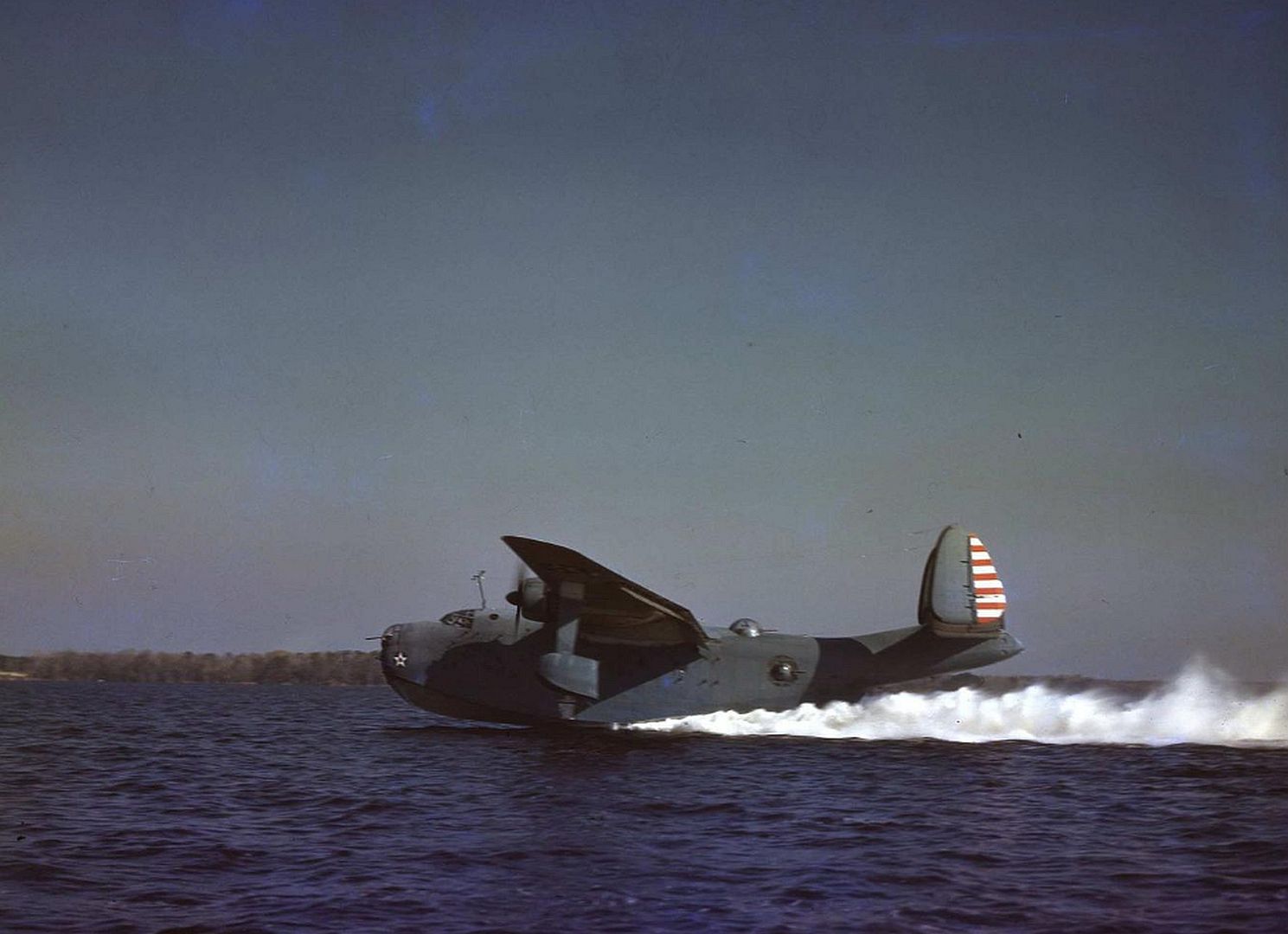Forums
- Forums
- Axis And Allies Forum
- General Discussion
- Photo of the week
Photo of the week
Post a reply
- Go to Next topic
- Go to Welcome
- Go to Introduce Yourself
- Go to General Discussion
- Go to Screenshots, Images and Videos
- Go to Off topic
- Go to Works in Progress
- Go to Skinning Tips / Tutorials
- Go to Skin Requests
- Go to IJAAF Library
- Go to Luftwaffe Library
- Go to RAF Library
- Go to USAAF / USN Library
- Go to Misc Library
- Go to The Ops Room
- Go to Made in Germany
- Go to Campaigns and Missions
- Go to Works in Progress
- Go to Juri's Air-Raid Shelter
- Go to Campaigns and Missions
- Go to Works in Progress
- Go to Skinpacks
- Go to External Projects Discussion
- Go to Books & Resources
-
 Main AdminThis midweeks photo.
Main AdminThis midweeks photo.
On 16 June 1936, Curtiss received an order from USAAC for three prototypes designated Y1P-36. The USAAC was concerned about political turmoil in Europe, and about Seversky's ability to deliver P-35s in a timely manner, and therefore wanted a backup fighter. The Y1P-36 (Model 75E) was powered by a 900 hp Pratt & Whitney R-1830-13 Twin Wasp engine, and the scalloped rear canopy was further enlarged. The new aircraft performed so well that it won the 1937 USAAC competition with an order for 210 P-36A fighters.
The aircraft's extremely low wing loading of just 23.9 lb/ft2 gave it outstanding turning performance, and its high power-to-weight ratio of 0.186 hp/lb gave superb climbing performance for the time. The single speed supercharger was a serious handicap at high altitudes. Compared to the later Allison-engined P-40, the P-36 shared the P-40's traits of excellent high-speed handling, roll rate that improved at high speed, and relatively light controls at high speed. However, it was underpowered, affecting its acceleration and top speed, and it did not accelerate in a dive as well as the P-40
-
5 years agoThu Feb 04 2021, 10:02pmDuggy
 Main Admin
Main Admin -
 Main Admin
Main Admin -
 Main Admin
Main Admin -
 Main AdminThis weekends photo.
Main AdminThis weekends photo.
The Zeppelin C I designed from Paul Jaray,(he became the chief design engineer for the aircraft building firm Flugzeugbau Friedrichshafen, designing seaplanes. From 1915 Jaray worked at Luftschiffbau Zeppelin, located in the same town, concentrating on streamlining airships. Jaray designed the airship LZ 120 Bodensee on which airships such as the LZ 127 Graf Zeppelin, the LZ 129 Hindenburg and the LZ-130 were later based.) and built by Zeppelin Luftschiffbau in Friedrichshafen in the Autumn of 1917..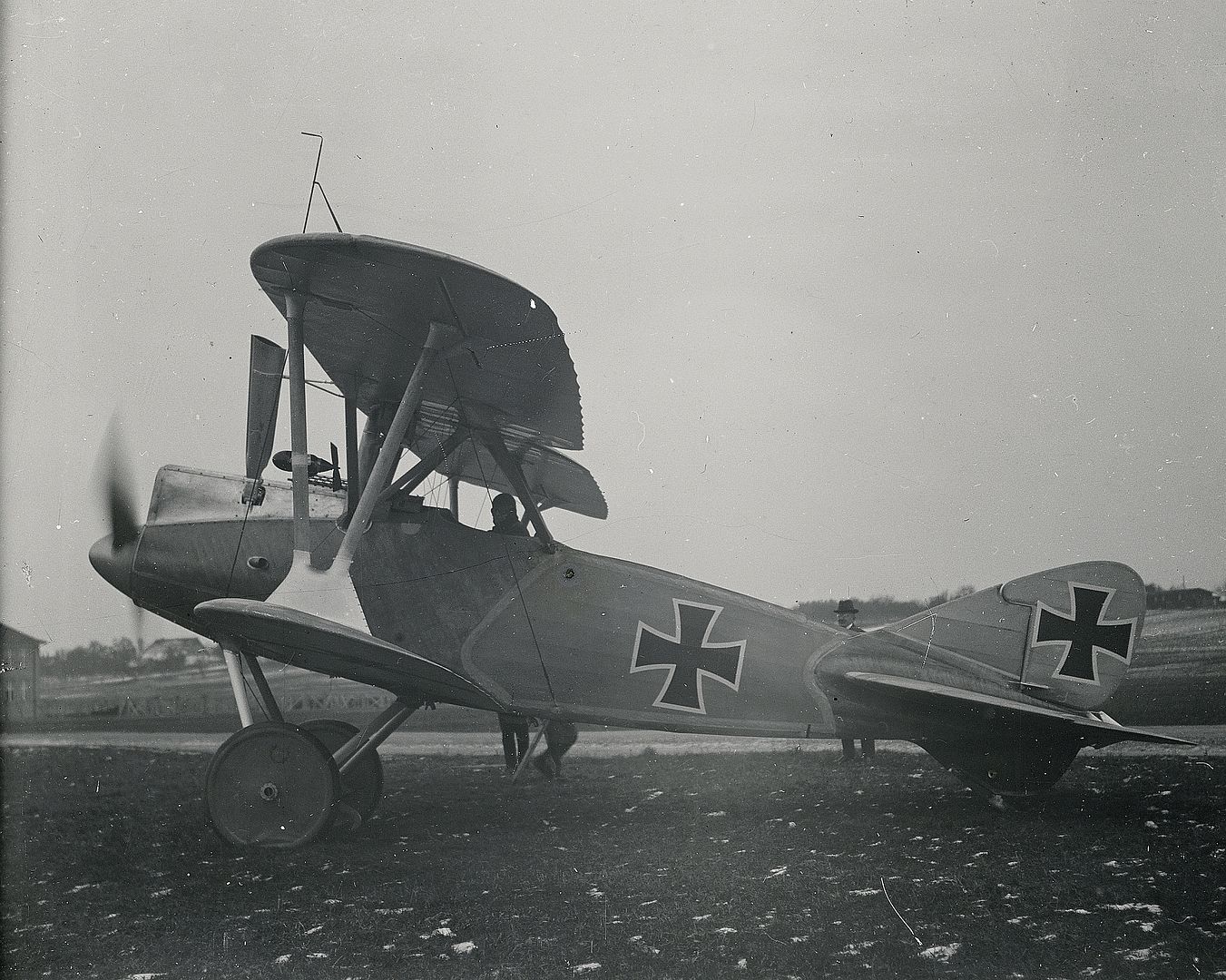
-
 Main AdminThis weekends extra.
Main AdminThis weekends extra.
First registered (C of R 3641) on 7.3.32 as G-ABUR to Edgar Wikner Percival, Heston Aerodrome, Heston, Middlesex. C of A 3521 issued March 1932. The prototype Gull Four was G-ABUR, powered by a Cirrus Hermes IV, and was built at Yate by George Parnall and Company; flown round Britain by E. W. Percival in the King's Cup Race of July 8-9, 1932, at an average speed of 142-73 m.p.h. G-ABUR started with a solid roof but it was later replaced with a fully glazed canopy.
In the following year (1933), G-ABUR was re-engined with a Napier javelin III, it had a top speed superior to many contemporary fighters, becoming well known at civil aerodromes
Sold on and re-registered (C of R 6019) 2.7.35 to Man Mohan Singh, West Croydon, Surrey (aircraft based at Croydon Airport, Croydon, Surrey).
Written off (damaged beyond repair) 26.8.35 when crashed at Luwinga, Northern Rhodesia (now Zambia) during Man Mohan Singh's 1935 UK to Cape Town record attempt.
Registration G-ABUR cancelled by the Air Ministry 2.12.36 due to "destruction or permanent withdrawl from use of aircraft"
-
 Main AdminThis midweeks photo's.
Main AdminThis midweeks photo's.
One of the most significant factors in reducing the effectiveness of Luftwaffe bombing operations during the Second World War was their lack of a capable heavy bomber which could be deployed in large numbers. By comparison, the Allies were almost spoilt for choice and following the introduction of the four engined Short Stirling, Bomber Command's operations took on a new dimension of offensive capability. The second four engined 'Heavy' to enter squadron service was the Handley Page Halifax, an aircraft which would go on to see constant development throughout the rest of the war and result in more than 6,000 aircraft eventually being produced. Underlining the incredibly dangerous missions these mighty aircraft were designed to undertake, out of this number, only five Halifax's would manage to set the impressive mark of completing 100 or more operational sorties and taking their place in the annals of Bomber Command history. Handley Page Halifax B.III LV937 'Expensive Babe' was one of those five aircraft ? entering RAF service with No.578 Squadron in March 1944, she only served one month with this unit, before being transferred to No.51 Squadron at Snaith the following month. She would see extensive service with this squadron over the next few months, recording her landmark 100th operation on 25th March 1945, on a raid to Osnabr?ck. Highlighting the international contribution to Bomber Command during WWII, the crew on this significant date was made up of Australian, New Zealand and British airmen, who were all greeted by the station commander on their return. As well as the nose artwork and impressive mission tally, this Halifax also features a single white swastika on the port front fuselage and represents a Luftwaffe Ju88 claimed as destroyed.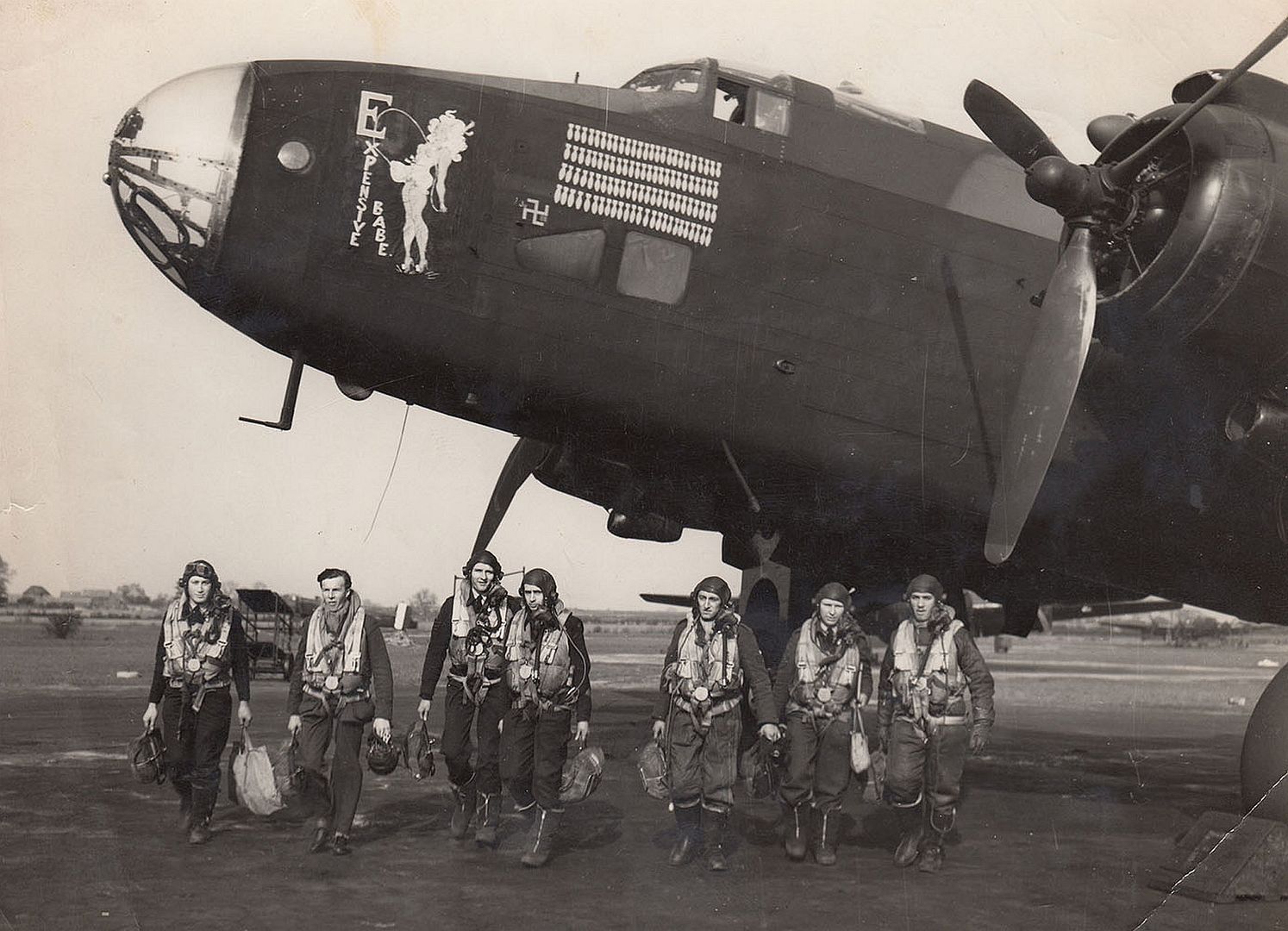
And Handley Page Halifax B Mk I, s/n L9530, MP-L of No. 76 Squadron RAF,during the Summer of 1941.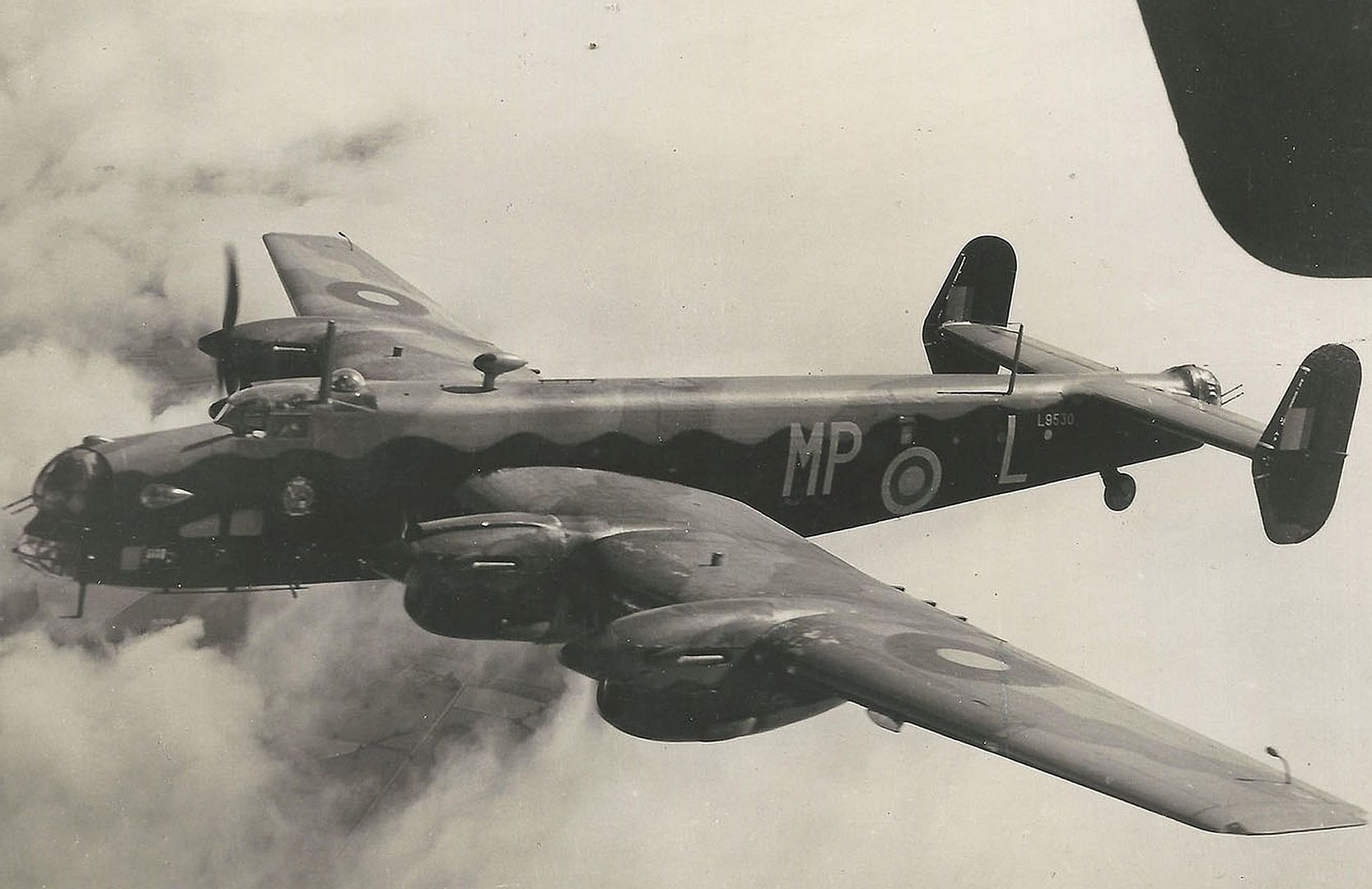
-
 Main Admin
Main Admin -
 Main AdminThis weekends extra.
Main AdminThis weekends extra.
B-29 Superfortress nicknamed "Yokohama Yo-Yo" of the 20th Air Force."Yokohama Yo-Yo", first of the 21st Bomber Command's fleet of photo reconnaissance Superforts to move into the Western Pacific,and second B-29 to fly over Tokyo to frighten the Japanese long before the bombs fell, returned from combat after mapping thousands of square miles of the Japanese homeland.Eventually Thirty painted cameras would be painted on its nose representing missions on which were taken more than 40,000 photographs of Japanese targets.
-
 Main AdminThis midweeks photo.
Main AdminThis midweeks photo.
Boeing B-29B-60-BA (S/N 44-84061) "Pacusan Dreamboat." On Oct. 4-6, 1946, this B-29 with Col. Irvine and his crew made an unrefueled non-stop 9,500-mile flight from Honolulu to Cairo, Egypt, over the Arctic regions in 39 hours, 36 minutes. The route was chosen for its hazards of winter weather and complicated navigation and communications problems.
Post a reply
- Go to Next topic
- Go to Welcome
- Go to Introduce Yourself
- Go to General Discussion
- Go to Screenshots, Images and Videos
- Go to Off topic
- Go to Works in Progress
- Go to Skinning Tips / Tutorials
- Go to Skin Requests
- Go to IJAAF Library
- Go to Luftwaffe Library
- Go to RAF Library
- Go to USAAF / USN Library
- Go to Misc Library
- Go to The Ops Room
- Go to Made in Germany
- Go to Campaigns and Missions
- Go to Works in Progress
- Go to Juri's Air-Raid Shelter
- Go to Campaigns and Missions
- Go to Works in Progress
- Go to Skinpacks
- Go to External Projects Discussion
- Go to Books & Resources
